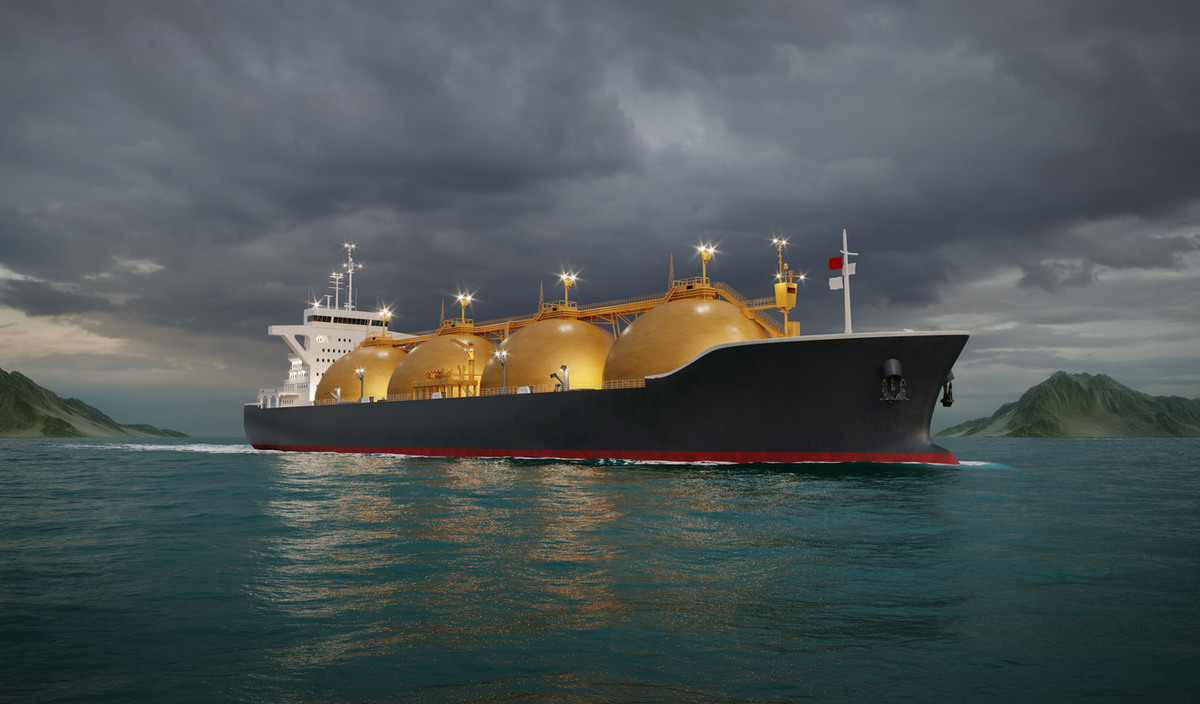Singapore-Rotterdam green shipping corridor to launch bio-LNG pilots this year
Partners in the Singapore-Rotterdam Green and Digital Shipping Corridor (GDSC) initiative plan to carry out bio-LNG bunkering pilots over 2024 and 2025.
 PHOTO: A model of an LNG tanker ship at sea. Getty Images
PHOTO: A model of an LNG tanker ship at sea. Getty Images
UK-based marine fuel coalition Sea-LNG is currently spearheading the GDSC’s bio-methane working group. The group has been studying regulatory mechanisms to support the adoption of bio-methane as a bunker fuel on a commercial scale.
For this purpose, the GDSC targets carrying out bunker pilot trials between 2024 and 2025.
These pilots will be based on a “mass balancing chain of custody principle”, according to the GDSC. This involves the physical blending of certified bio-methane with non-certified conventional LNG across shared transport, storage and distribution infrastructure like pipelines, the GDSC explains.
The GDSC has formed four working groups to assess the feasibility of different zero and near-zero-emission fuels along the corridor. Currently, these working groups are focusing on bio-methane, methanol, ammonia, and hydrogen as bunker fuels.
The working group for ammonia is conducting a study to develop a framework to assess the lifecycle greenhouse gas (GHG) intensity of green ammonia fuel. It is expected to complete the study by 2025.
The Singapore-Rotterdam GDSC is a joint initiative by the Maritime and Port Authority of Singapore (MPA) and the Port of Rotterdam Authority. The duo announced the GDSC in August 2022. Last year, the two port authorities and green corridor partners vowed to reduce 20% to 30% of global shipping emissions by 2030, compared to 2022 levels.
The initiative has 26 partners across shipping lines, fuel suppliers, port authorities and industry coalitions. German shipping company Hapag-Lloyd has also joined this initiative.
By Manjula Nair
Please get in touch with comments or additional info to news@engine.online





